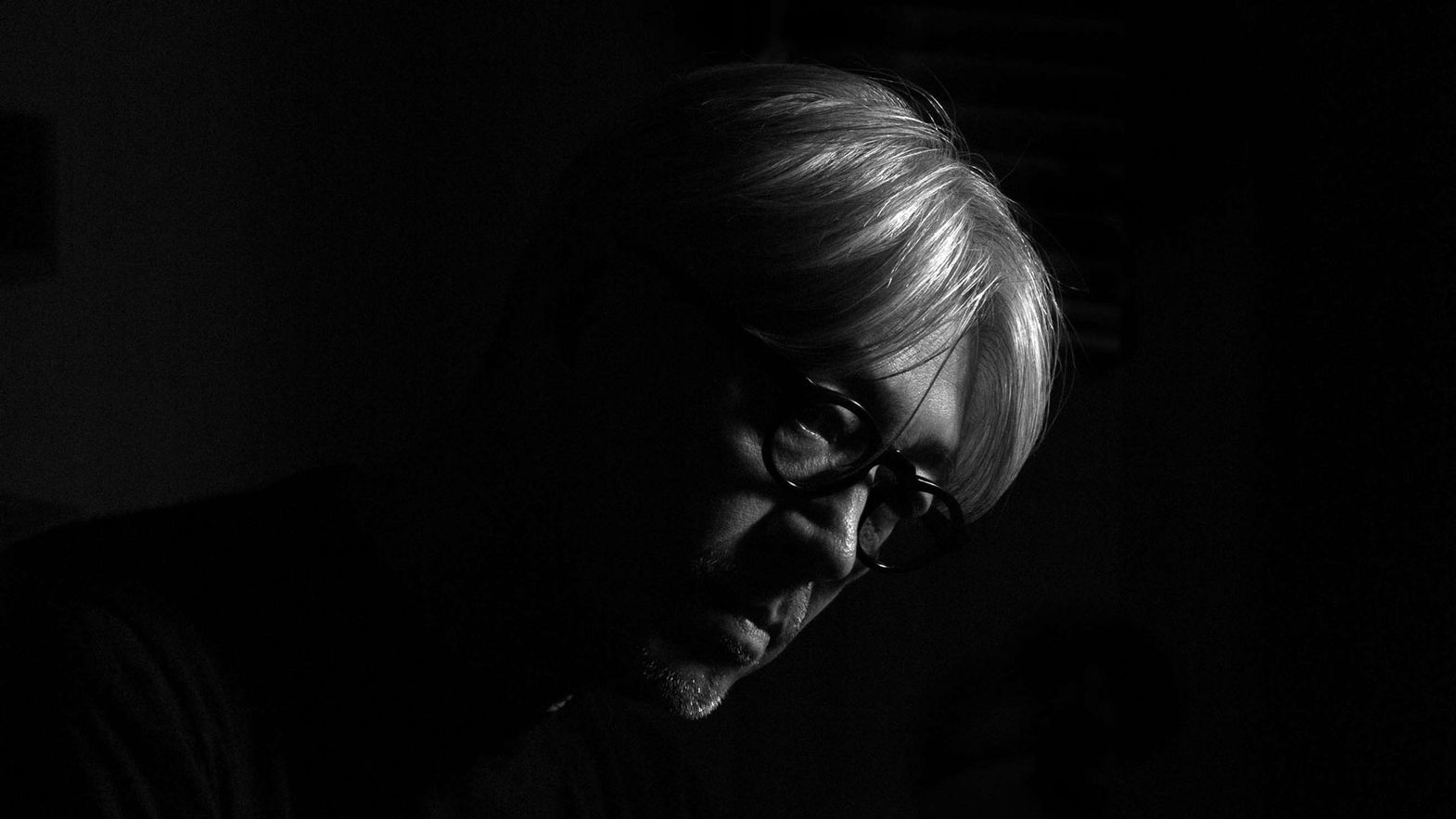 ©Photo by Zakkubalan 2017
©Photo by Zakkubalan 2017
When an artist like Ryuichi Sakamoto leaves this plane of existence, we inevitably deal with the limitations of our words in describing an oeuvre that dominated the history of contemporary music, starting in the mid-1970s. The universal grief at the news of the Japanese master’s passing is a sign of how his work has touched millions of people, and how that work was cultured and refined and at the same time popular, enabling a non-specialized audience to access and enjoy the ideas of contemporary music: concrete, literate and experimental. Recounting his musical journey, from his so-called electropop origins with the seminal Yellow Magic Orchestra to the celebrated film scores for Nagisa Oshima and Bernardo Bertolucci to the passion for Brazilian songwriting and the partnerships with Jacques and Paula Morelenbaum and Arto Lindsay, would be reducing a curious, passionate and restless prolificity to its most visible peaks. With Yukihiro Takahashi and Harumi Hosono, he revolutionized the possibilities of electronic playfulness and its journey into pop, much like Kraftwerk, and as a composer – always intrigued by collaboration – he alternated between his pianistic quests, the seduction of noises and the pleasure of minimal melodies. The humility with which he told his own story in Stephen Nomura Schible’s film Ryuichi Sakamoto: CODA highlighted an ironic, playful awareness of the end in sight. Then again, one of the more affecting pieces from his recent production, fullmoon (from 2017’s async), starts with Paul Bowles reading an extract from The Sheltering Sky and then continues with a moving crescendo of voices, in multiple languages, reciting the novelist’s text:
“Because we don't know when we will die
We get to think of life as an inexhaustible well
Yet everything happens only a certain number of times
And a very small number, really
How many more times will you remember a certain afternoon of your childhood
Some afternoon that is so deeply a part of your being that you can't even conceive your life without it?
Perhaps four or five times more
Perhaps not even that
How many more times will you watch the full moon rise?
Perhaps twenty, and yet it all seems limitless”
And when the voice of Bernardo Bertolucci emerges towards the end, asking how many more times we will remember a certain afternoon of our childhood or watch the full moon rise, the emotional impact is irresistible.
Sakamoto’s art is full of moments like this. Vortexes and peaks of absoluteness. And one inevitably thinks of that night, many years ago, when he gave a concert at Villa Celimontana in Rome that was sold out, with many people left outside. When the first piano notes started to echo in the Roman night, those who were unable to enter sat down as best they could and lost themselves in the music, as though evoking figures in a Tarkovsky-like landscape.
We owe so much to Ryuichi Sakamoto’s art. And we can call ourselves privileged, in that we were able to share this specific moment of our passage through this plane of existence with his music and his creations.
Giona A. Nazzaro
Artistic Director